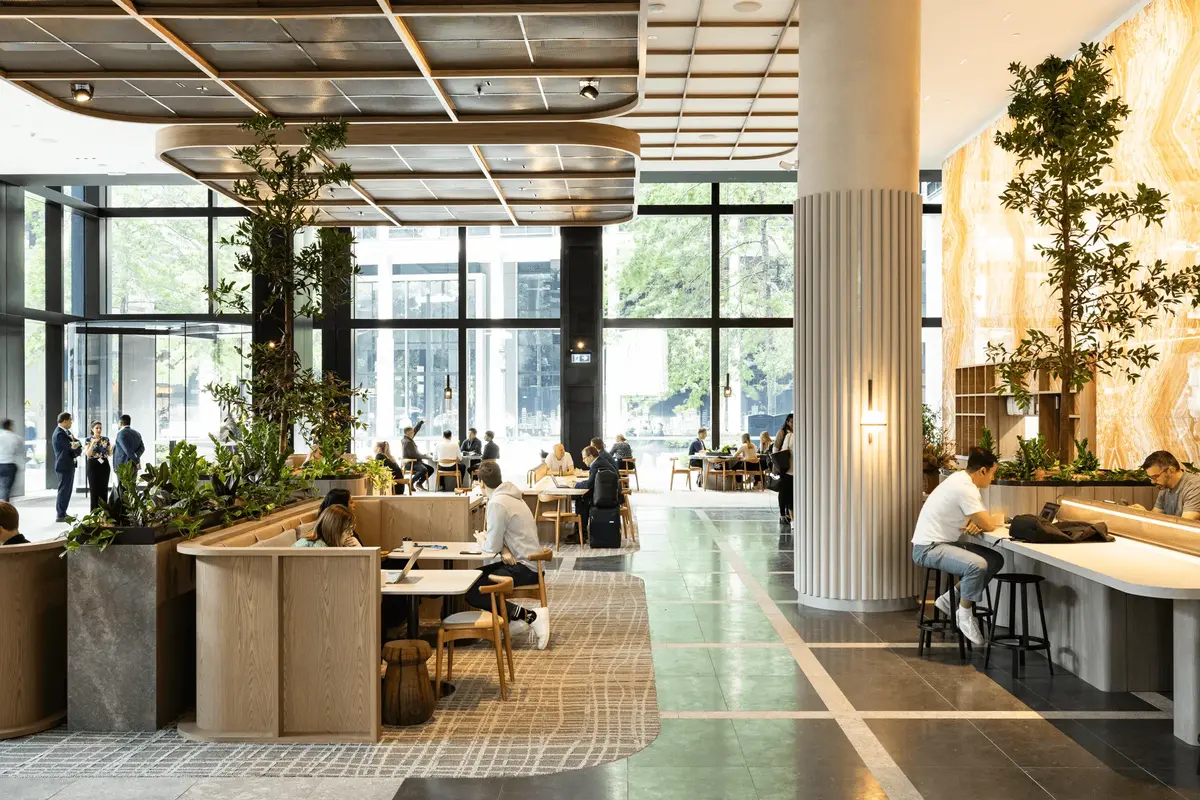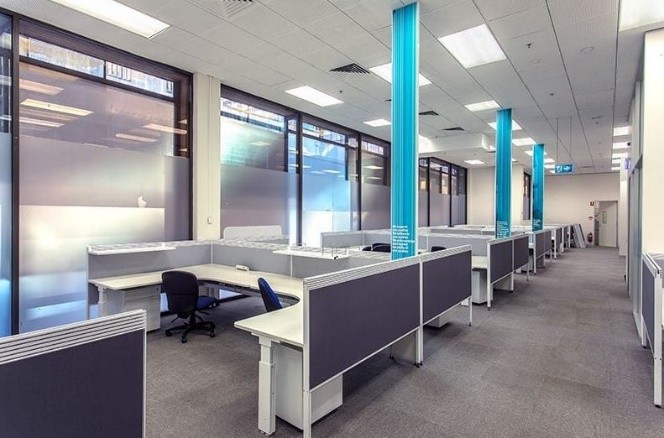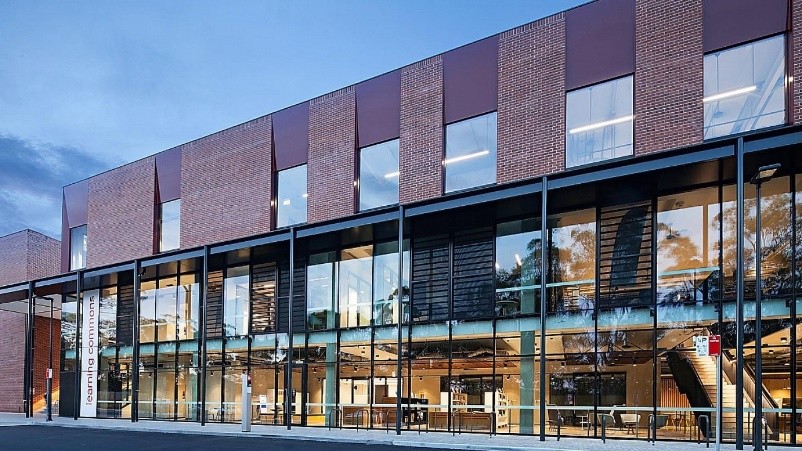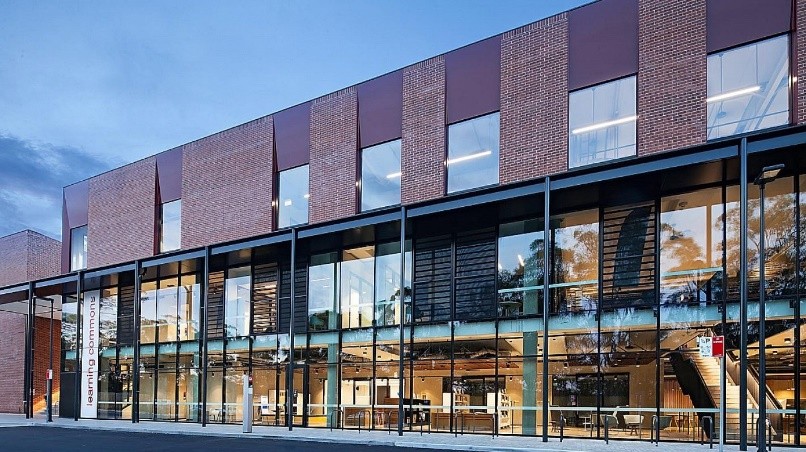Commercial Tower Fitout Review
people provide 24/7 engineering support
saving pa by upskilling employees to self-deliver specific tasks
anticipated saving to client by increasing self-delivery of reactive work
m² covered in terminals 1-5 and the train station
// case study
In this case study
// Challenge
Overview
At 28 Freshwater Place, all tenant fit-outs are subject to a mandatory review process to assess their impact on building systems, sustainability targets, and alignment with the base building fitout guide.
Conservia undertook a review of a ~2,000 m² office fitout that included typical open-plan spaces, meeting rooms, and a fully operational commercial-grade show kitchen. While the formal objective was to confirm compliance and sustainability alignment, the review also surfaced several design considerations that, if unaddressed, could have created performance or comfort issues after construction.


Design, Documentation & Services Coordination
Fitout Review Process
What we did:
- Reviewed architectural layouts, kitchen design, and building services (mechanical/electrical/hydraulic) documents
- Assessed proposed tenant equipment loads (electric power, ventilation, plumbing ) against base building allowances.
- Checked for gaps in coordination between services (e.g. architectural, ventilation and sustainability elements)
- Reviewed impacts to energy efficiency
- Evaluated metering and BMS scope to ensure tenant-level visibility
Why it mattered:
- Several elements of the design, if left unchanged, would have exceeded base building system capacities or compromises central plant efficiency
- Addressing these issues during design prevented mid-construction redesigns and tenant performance complaints.
Who benefited:
- Landlord: Avoided future strain on existing infrastructure and costly system upgrades
- Tenant: Gained confidence in system reliability and space functionality post-handover
// Challenge
Key Value Delivered
$200,000 Capital Saving (Landlord):
The proposed grease trap design was significantly oversized. Early engagement with the authority enabled a revised, fit-for-purpose solution — saving substantial installation costs.
Avoided Construction Rework (Landlord & Tenant):
Technical design mismatches were corrected before going to tender, reducing the risk of variations and program delays.
Maintained Base Building System Performance (Landlord):
The fitout’s energy and ventilation demands were brought into alignment with the building’s system capacities, preserving efficiency and resilience.
Enhanced Occupant Experience (Tenant):
Risks to comfort and functionality—such as acoustics, ventilation balance, and energy visibility — were addressed early, creating a more stable and high-performing tenancy.


// Services
Additional Observations
What we noted:
An acoustic issue was identified related to the proposed ductwork layout, which could have led to unwanted sound transfer between internal spaces.
Why it mattered:
While not a compliance issue under the fitout guide, poor acoustic performance can impact the tenant’s long-term experience. Once base building services are modified, it becomes difficult to determine whether performance issues originate from tenant fitout decisions or inherent building limitations.
Who benefited:
- Tenant: Received timely advice to improve comfort before construction
- Landlord: Reduced risk of dissatisfaction or future disputes over performance attribution

Conclusion
This review was part of the standard approval process at 28 Freshwater Place. Its core purpose was to assess sustainability impacts and confirm alignment with the building’s fitout guide — but it delivered far more than just a compliance tick.
By addressing design risks early, the landlord avoided unnecessary capital costs and protected critical building services. The tenant, in turn, benefited from a space more likely to perform as intended from day one — in terms of comfort, functionality, and system reliability.
Perhaps most importantly, the process reduced the risk of performance issues after tenant occupation. Once the builder and contractor leave at the end of the Defects Liability Period (DLP), responsibility for resolving problems becomes more complex. If issues arise — such as ventilation imbalances, acoustic discomfort, or inconsistent energy performance — it’s often difficult post occupancy to determine whether the cause lies with the base building or with tenant-installed systems.
Early-stage design reviews create a clearer line of accountability, helping avoid finger-pointing later and ensuring that both landlord and tenant start from a position of clarity and shared confidence in how the space will function over the long term



